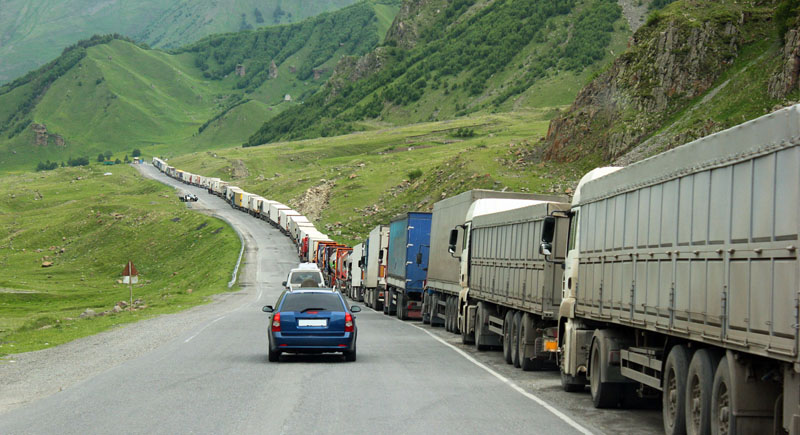This article first appeared in the online newsletter Adam Smith Project.

Trade negotiators persist in calling efforts to ease the flow of goods across borders the “low-hanging fruit” of global trade liberalization.
Bear in mind that they started talking about it in 1996 and that an agreement to improve border efficiency and transparency did not “enter into force” until a few days ago, when the WTO’s Trade Facilitation Agreement reached the implementation threshold of 110 countries.
Low-hanging fruit is often the first to spoil, and TFA could still die on the vine unless countries are serious about slashing the time, cost and documentation required to move goods across borders. TFA gives poorer countries – those with the most to gain — flexibility to move at their own pace in adopting the 38 measures laid out in the agreement.
The headline TFA number — $1 trillion in additional global trade – is misleading. First, it assumes every country has made good on every measure in the agreement. Second, it ignores the real beneficiaries, the small and medium-sized companies that create the most jobs and account for most economic activity in developing countries.
Small enterprises make up more than 95% of all companies in most economies and typically employ 50% to 85% of the labor force depending on the country. Yet, it’s smaller companies that remain on the sidelines when it comes to global trade. They lack the capital, manpower and time to deal with complex customs rules, border inefficiency and other trade barriers.
Research by the World Economic Forum (WEF) indicates that TFA could trigger a 60% to 80% increase in cross-border SME sales in some countries. Upon full implementation, TFA should increase the number of new products exported from developing countries by 20% to 36% with the biggest increases coming from the very poorest, the WTO says.
TFA is expected to cut trade costs by more than 14%, a boon for all economies. The measures in the agreement will prioritize clearance of perishable goods and speed other products through clearance before final determination of duties. Rules and procedures will be published online, along with contact points, resources and appeals processes. Fees, penalties and standards will be rationalized and harmonized. Finally, TFA signatories will automate their manual processes and accept electronic documents and e-payments.
In some developing countries the fear is that streamlined border and customs procedures will result in lower government revenues or cost too much to adopt. Those worries are legitimate but unfounded.
The World Economic Forum says border reform “requires little money and can be done relatively quickly.” Over three to five years, a country can implement TFA measures for between $4 million and $20 million “with fairly low annual operating costs,” the WEF says. Revenue collected from border administration will increase as delays are reduced, flows increase and additional trade is stimulated.
Several countries, including many in Africa, have seen the advantage of moving quickly.
By adopting an electronic single-window system and other improvements, landlocked Rwanda has cut waiting times for trucks at customs posts from 11 days to 34 hours since 2014. Kenya lowered import documentation costs from $550 to $115 in 2016. Approval of border clearance paperwork for imports into Botswana now averages about eight hours, roughly the same as the United States and South Korea.
The so-called administrative burden of border bureaucracy is no mere burden when it comes to small producers and trade. It is the “break” in make-or-break, the “no” in “go or no-go.” That’s why it has never been more important for small and medium-size companies to make their voices heard. Federations of SMEs and small agricultural producers need to press elected and appointed officials on the urgency of eliminating the red tape snarling trade. And they must have the emphatic support of big companies and multi-nationals.
It’s an uncertain time for free trade advocates. Trade fatigue clearly is evident in the United States and Europe. The “absence of liberalization” and “eruption of micro-protection” have led to the longest postwar period of relative trade stagnation, according to Peterson Institute economists Gary Clyde Hufbauer and Eujin Jung. Absent adoption of TFA and other steps to boost trade, that stagnation could last through 2020, they say.
After 21 years of waiting for the low-hanging fruit, it’s time to harvest.
Tarek Sultan
CEO, Agility